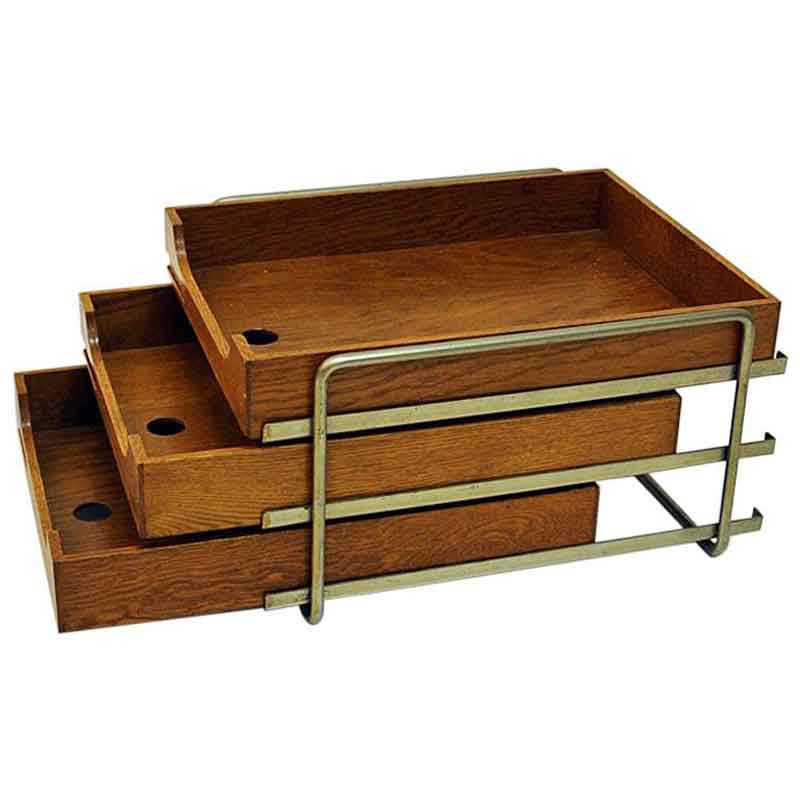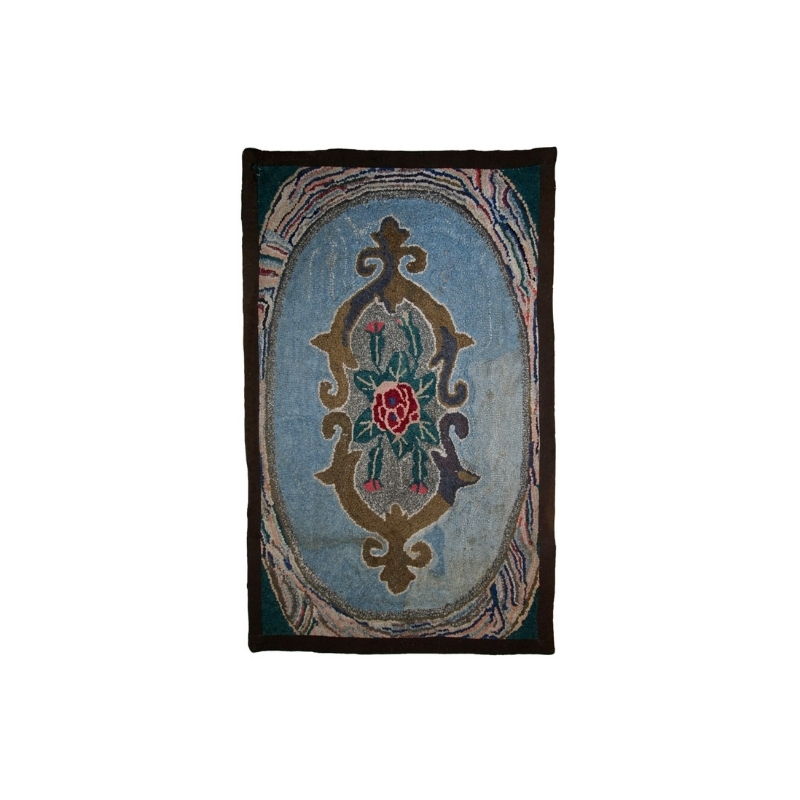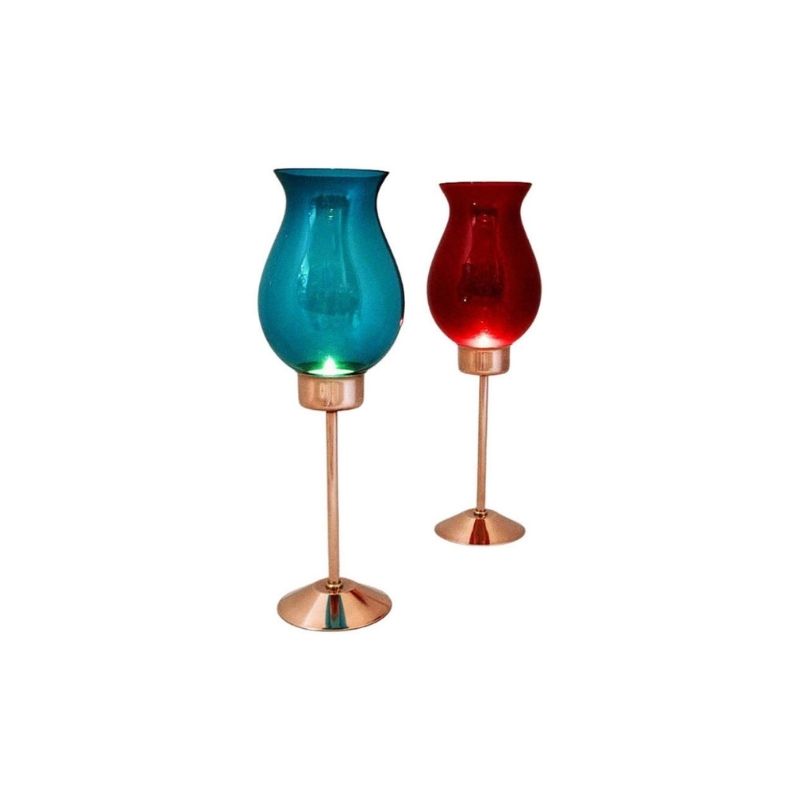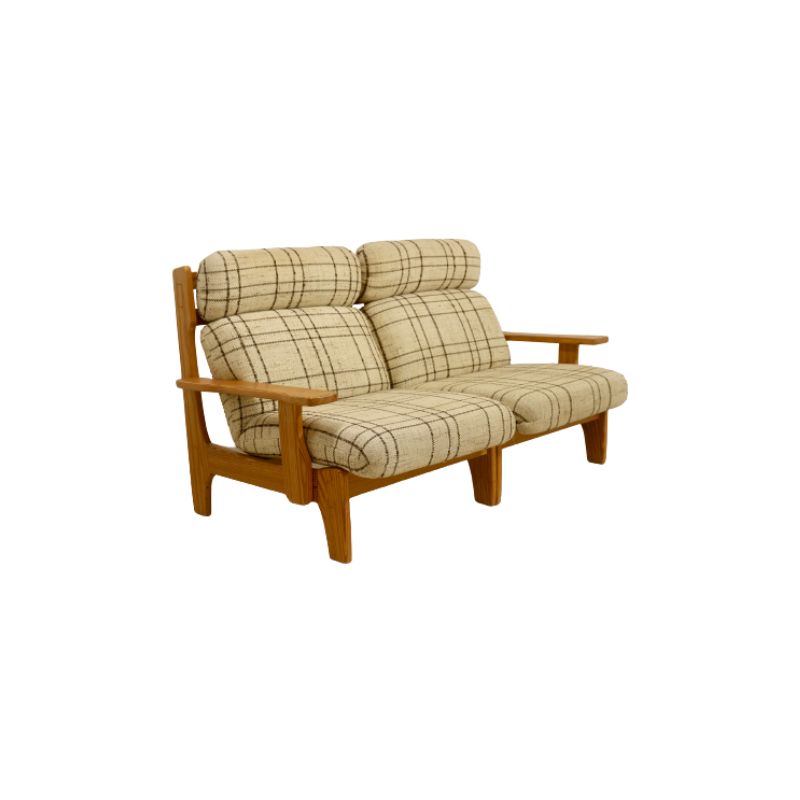News
to me. Thanks ! There seems to be a bit on the web. . .
http://www.geocities.com/ea1ii/slothoub.htm
I have
spent considerable time in the past with the pentomino. . .though that's only a two-dimensional world.
http://en.wikipedia.org/wiki/Pentomino
.
Jan Slothouber & William Graatsma
After an architectural training Jan Slothouber (1918) and William Graatsma (1925) worked as architects / designers from 1955 for the Dutch State Mines (DSM). Here they designed the packing, product applications, advertisements and exhibitions and gave the company a recognizable face. Within the information service of DSM the two had an unique position: they could build their own world and developed the principle of cubic constructions. The cubic as a main point brought restriction but also clearity in the multiplicity of possibilities according to Slothouber and Graatsma. The use of several materials adds each time new aspects to the functioning of the cubic constructions.
With their work Slothouber and Graatsma had a clear social intention. The designers considered themselves in fact as ' anonymous ' discoverers of the many applications of cubics. In democratic passing these possibilities, in which the useful construction exceeds the personal, artistic claim, lies the meaning of their activities. On one hand their working method was entirely new, on the other hand it had been linked with an old idealistic tradition, which propagated an important role for art and design in society.
Almost accidentally Slothouber and Graatsma entered the world of the visual arts. The Stedelijk Museum in Amsterdam asked them to make the exhibition ´Four sides´ :measure, form, colour, character. After that they founded the Centre for Cubic Constructions (CCC). Several fascinating presentations folowed, among that Art & Project in 1968 and the Dutch presentation at the The Venice Biennale in 1970.
Just like many other initiatives in this area the social goals of Slothouber and Graatsma ended up with only artistic success.
http://www.asahi-net.or.jp/~rh5k-isn/Puzzle/SlothouberGraatsma/
.
S and G are into more than puzzles, of course, but. . .
http://home.comcast.net/~billcutler/index.html
Abandon hope,
all ye who enter here. . .!
(Yes, computers have entered the world of geometric puzzles, too, of course.)
http://www.geocities.com/ea1ii/news.htm
It was not my intention...
to get you into puzzles, but I remembered in the late sixties (William Graatsma was one of my teachers in last year Industrial Design in Eindhoven) that they were doing a number of furniture pieces based on very smart assemblies of identical pieces into cubic constructions. I know that he and Slothouber did more and more "art" projects etc. in the seventies but I was wondering to what extend their work had been properly documented.
The position they occupied at DSM was quite unusual because officially they were in charge of part of what you would call now "Branding" (the DSM logo, see associated link is thier work) and exhibition design. But in doing so they were given a lot of freedom to experiment and to had their experiments made and build by the exhibition department, regardless of the use of these experiments.
http://www.dsm.com/en_US/html/home/dsm_home.cgi
.
This is one of those good threads ... where to start?...
Q) Hand sketches(pencil n paper), computer, with others techniques are ,,design tools,,, not more, nor less.
And Computer is the newest, we could see born.
W) I remember, their was at the university, a design exercise, in which each student had been given a different ,,design tool,, to use to make this project. So some had to use wood, others plaster, other metals, others cardboard, etc. The idea of the project, was to show/to see how the ,,design tool,, had a strong influence on the final design. Make your own conclusions.
Their wasn,t computer time, but could be very nice to add it to the list of available technologies, to compare the final results with other techniques.
E) What I like from hand sketches, Is that I feel that,s almost the BRAIN drawing an idea.
The HAND is the translator between the brain and the pencil.
R) I,ve been a "cadista" ("CADer", those that their job is to draw with CAD program-computers. So I love/loved computers. But that,s a special bubble-world(as many others), or a kind of a sub-human race.
T) When I said, that I,m not a big fan of technologies, it,s because I was fall in love with computers, in my ,,CADer,, time.
U) Some benefits are an evolution, specially those that the computer gave to the post-design-creativity period of a project are really gorgeous. (Specially in architecture, where you don,t need now to re-draw all the plans, once, twice, lots of times, once the construction had begin, and then daily changes (small changes), the construction itself requires).
I) But to me those benefits aren,t for the primarily sketches. I mean fist you have an idea in mind, then, hand sketch, because it,s like once the idea is translated into computer, then the first period of design is over. (burned).
(Some school design says and experiments, computer since the first second of the design process, but not to me)
O) Very healthy the pendulum (koen,s)idea with computers, hate-love in the extremes, moving in between.
So one could be near one extreme, but feel free to move to the other extreme again, and again.
I don't know if i should put this in the new ....
book thread, but for those who are interested in the subject there is an interesting book, slightly outdated as far as exemples etc. are concerned but very up to date in it's thinking:
"ABSTRACTING CRAFT" The practiced digital hand
by Malcolm McCullough MIT Press 1996 ISBN 0-262-13326-1
Not to deny the possible...
Not to deny the possible benefits of virtual technology, but it is very important, I think, to consider that an unchallenged insistance of said benefits can very easily lead to an idiotic belief that one might do anything by doing nearly nothing.
It's not a perfect analogy, but the language equivalent to CAD is known as Flarf. I don't wish to go into that equivalent here, but will just say that some of the similarities to be found there might be instructive with regard to architecture/design, particularly to the growing notion among many individuals of art as being essentially and simply byproduct; that is, finally, not a mediation of reality so much as it is a mediated reality, which in turn tends to foster a very lax attitude toward its very own mechanics.
An a priori trust in said applications almost always - by way of the user and the used - conflates an actual process with an abitrary form of that process, and, as ideology, such engagement tends to fetishize the most superficial aspects of form at the great expense of not appreciating entirely the contexts within which a given form was put to use in its own historical moment.
My point, if I have one, is that we need to stop and remember that tools are tools and brains are brains: in the capable and right hands - even though this pains me greatly - I have to say the pencil will always be at least as mighty, if not mightier, than the laptop.
.
I use both now, still learning on the machine but am applying it to real projects. I allways have a pencil and paper next to me but I'm looking at the drafting board versus software as a sharp stick in comparison to a swiss army knife.
To avoid the temptation and the easy results of the warped monolith is hard, the computer handles complex things quickly and well but oddly where it fails (for me)is on the simple things, I have a quick sketch here of a solid timber hinge that took 20 seconds to do, if I was starting from scratch cad might take that long just to start up.
I was
just recalling some very early computer-generated "art" done I think at a small Eastern college, c 1968. It was essentially Spirograph swirls. . .
We've come a long way. I agree with Heath's last point, somehow, though I've so far managed to draw exactly one table, in basic SketchUp. Hardly worth the effort -- except for the undeniable advantage of having an accurately-scaled "model" to inspect from all sides !
.
I remember those spirofraph patterns too, my primary schools first computer was a mac that could do about 2 things.
Keep going with sketchup, its pretty good, have you got 'snapping' turned on,helps a lot.
What really blew me away were the da vase project renderings, not an only can the files be used to present the work but can also be used for 3d printing, this is where the machines excel.
Thanks for
the encouragement and the hint, Heath. (Should I invest in SketchUp Pro ?)
I'll always love the feel and look of pencil on paper, but I wouldn't resist on principle the addition of other media. It's just so frustratingly slow and difficult to get anything I want onto the page. . .!
If you need any help, please contact us at – info@designaddict.com









